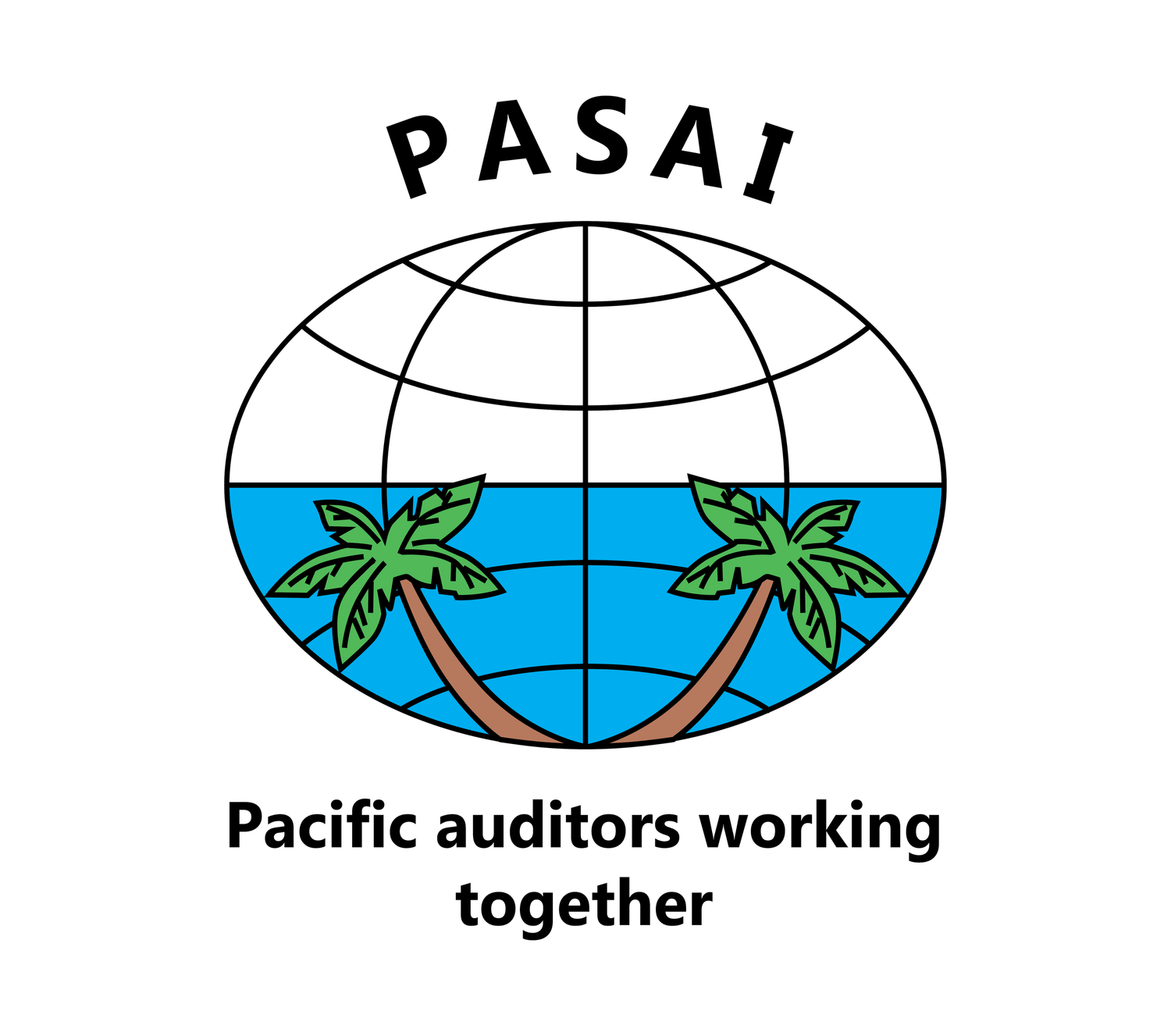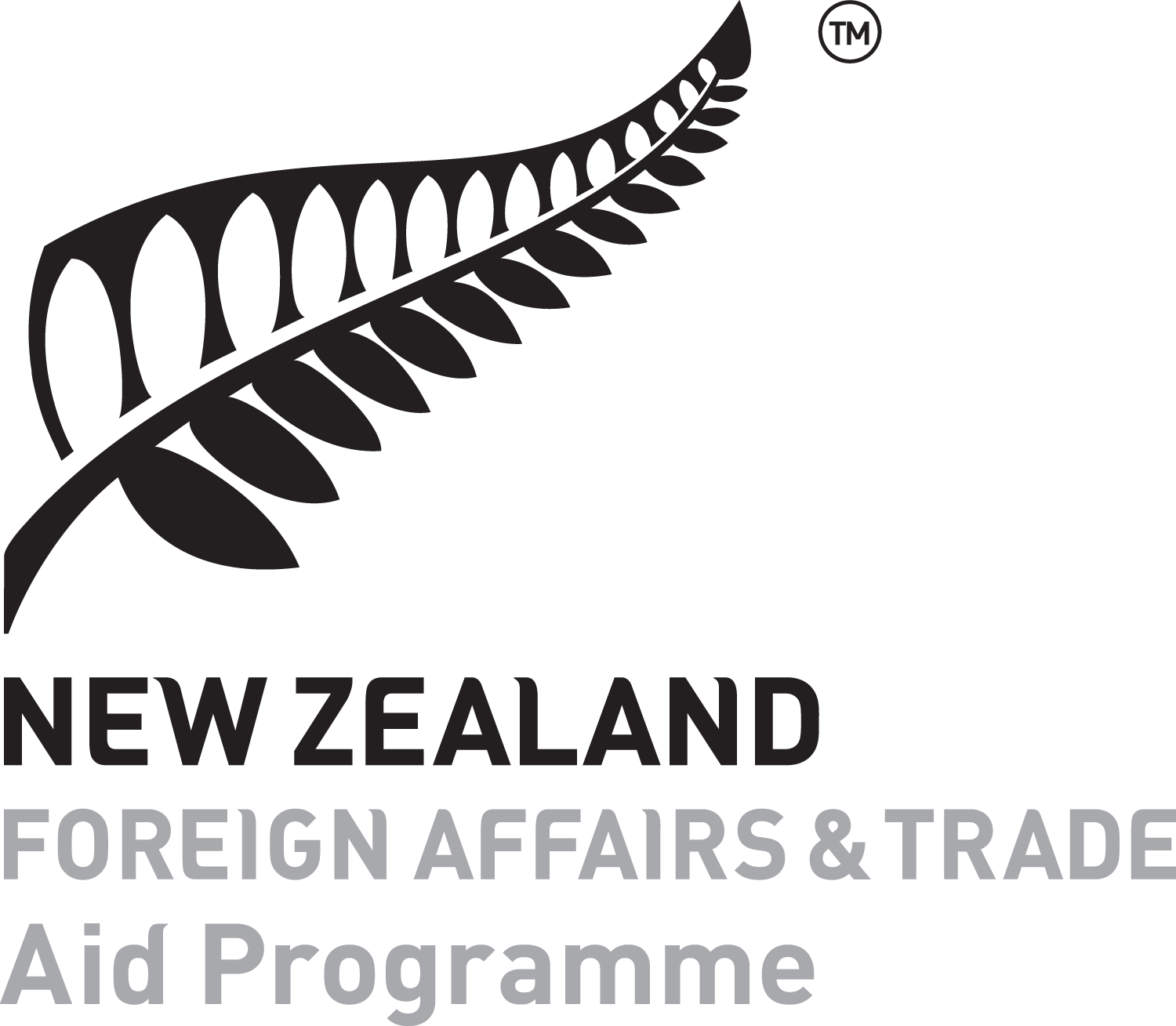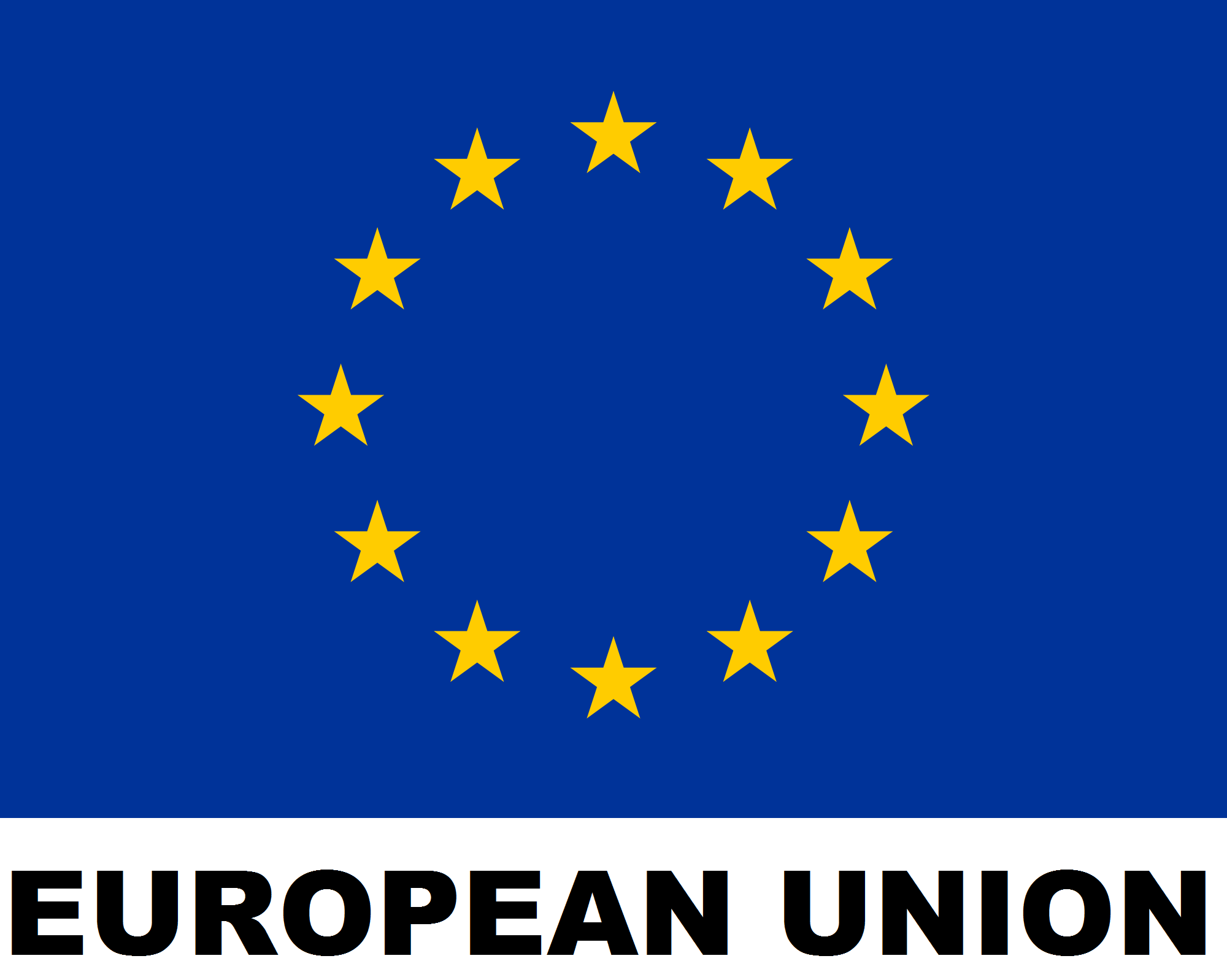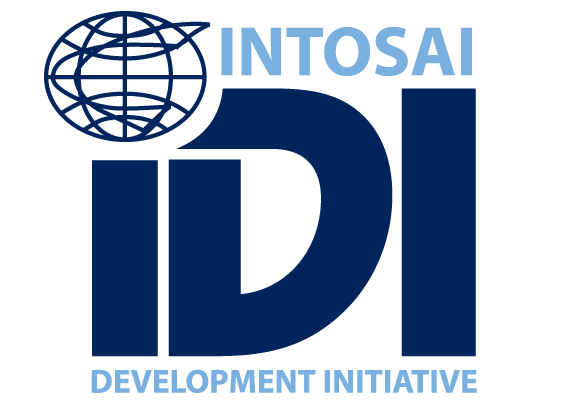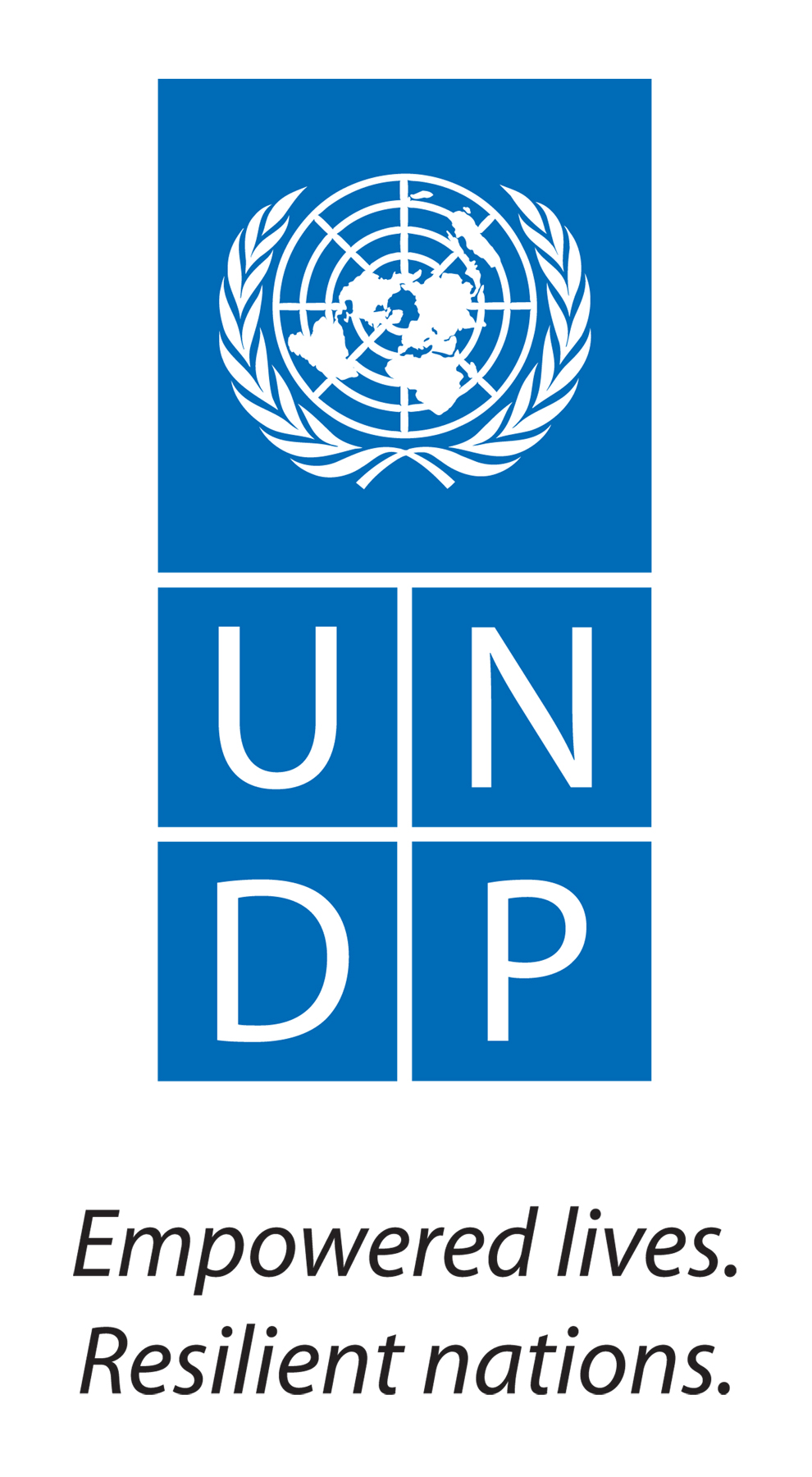By Luke Eaton, Communications Advisor/Editor, PASAI
Supreme audit institutions (SAIs) are champions of public accountability, transparency and good governance. However, the word ‘audit’ usually makes people think of numbers, balance sheets, tables and maybe a few pie charts. Unfortunately, most people don’t get as excited by these things as we do!
However, we can use multimedia to increase stakeholder engagement with our work and improve audit impact. Photos and videos that create an emotional response (affection, disgust, surprise, appreciation) are best.
The power of a picture
It took complicated calculations from multiple branches of mathematics[1] and many thousands of scientists, engineers and others to fly astronauts to the moon and back. A photo Neil Armstrong took of Buzz Aldrin standing on the lunar surface soon became one of the few iconic images depicting this triumphant event.
The vast, empty darkness behind Aldrin and the tiny lunar module in the reflection of his helmet shouts “We landed on the moon!” better than an explanation of the maths ever could. NASA understood the launch, landing and return was only half the job. Showing the world photos and footage of this feat of human ingenuity was just as important.
Photo by History in HD on Unsplash
Why pictures matter
Have you ever sat through a long speech (or sermon) and just moments after it ended you struggled to remember what it was about? On the other hand, have you left a presentation and thought the most memorable parts were the powerful images the speaker tied to her key messages?
If she made a point using an impressive image, you’re more likely to remember that than the slide full of words.
SAIs can use images to add value to audit reports, presentations, stakeholder engagement publications, annual reports, media releases and social media posts. Increasing visibility and engagement with our work enables us to demonstrate the value and benefits of SAIs and how we make a difference to the lives of citizens (INTOSAI-P 12).
The work of public auditors usually deserves a wider audience than what it gets. Sometimes that is out of our control. But if you create a compelling case for action with the use of multimedia when publishing audit findings they will be more likely to make a greater impact. The effect will hopefully be apparent in the last phase of the audit process: following up on the report’s recommendations.
Social media and ‘The Snowball Effect’
Most SAIs in the Pacific have one or more social media accounts. Social media may be the only way citizens ever learn about a SAI’s work. It can also be a very useful tool for SAIs to engage with their other stakeholders, including the media and interested organisations.
In 2016 Facebook reported its users “spend, on average, 1.7 seconds with a piece of content on mobile” when scrolling through their news feeds[2]. The probability the typical social media user will stop to read just the first sentence of your post or tweet increases with the instant appeal of the image you’ve paired it with.
If it’s a video, it should be understandable without sound, capture attention immediately and not be long.
People who live far from the equator intuitively know the meaning of The Snowball Effect. If, like many residents of the Pacific, you have never seen snow, a little snowball sent on the right path gathers more snow on its surface as it rolls down a hill. It gets faster as it grows and is less likely to be stopped on its journey, growing bigger and bigger. However, many little snowballs only roll a short distance before they stop, get buried or disappear!
This is a good way to think about social media.
The more people who stop to read your social media post, the greater the chance some of them will ‘react’ to it (with a Like or Thumbs Up etc) and/or ‘engage’ with it (click its link or share it). This will in turn put the post in more people’s news feeds and the cycle continues. The more appealing the image the greater the effect. And if your social media posts consistently engage people your future posts will start to appear in people’s ‘notifications’, a place even more valuable than a news feed!
Unless you’re a celebrity (hint: you’re not!), few people will bother to even read your social media post or tweet if it doesn’t come with an image. So at the very least make sure you include an image (almost anything) with your posts, because something is better than nothing.
How to source images
The good news is the phone you probably carry with you everywhere can take high-quality photos and videos. However, to do that your phone needs someone who knows and applies a few basic shooting principles.
In addition to taking your own images, it’s possible to get great royalty-free images from certain websites.
This is part of the workshop we are providing this month for SAIs interested in improving their use of multimedia. Participants will learn how to make (and choose) images that can communicate a SAI’s work most effectively.
Shooting for the stars
There is an accidental brilliance about Armstrong’s photo. The horizon reflected in Aldrin’s helmet matches up perfectly with the one behind him, emphasising the sense of desolation. It’s like he knew how to take an evocative photo that would perfectly capture the event’s significance.
What you probably don’t know is the image you see is significantly different from the one Armstrong took.
There is space junk in the foreground of the original and the top of the photo awkwardly cuts off just above Aldrin’s life support system. Someone back on earth added the missing blackness of space and removed the crosshatches that formed a grid over the image[3]. Various editors have since cropped the photo to create balance and to suit their media, whether for a magazine cover, a wall poster or even an internet blog post!
If the photographer (Armstrong) had spent a little more time to frame his shot he’d have saved us some trouble later on. However, this just shows a little editing can allow a good photo to convey a message in whatever format you choose.
References
[1] Exploring the Math in 'Hidden Figures'
https://www.insidescience.org/news/exploring-math-hidden-figures
[2] Capturing Attention in Feed: The Science Behind Effective Video Creative
https://www.facebook.com/business/news/insights/capturing-attention-feed-video-creative
[3] A Brief History of AS11-40-5903
The Pacific Association of Supreme Audit Institutions (PASAI) is the official association of supreme audit institutions (SAIs) in the Pacific region, and a regional organisation of INTOSAI and promotes transparent, accountable, effective and efficient use of public sector resources in the Pacific. It contributes to that goal by helping its member SAIs improve the quality of public sector auditing in the Pacific to recognised high standards. Due to the global coronavirus pandemic (COVID19), this has restricted PASAI’s delivery of our programmes to our Pacific members and in lieu of this PASAI will be providing a series of blog posts on various topics that may help auditors think about some implications to service delivery as a result of COVID19.
For more information about PASAI refer to www.pasai.org.

